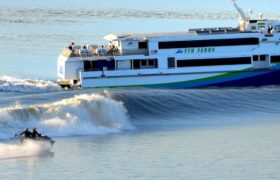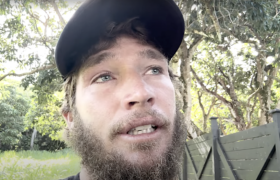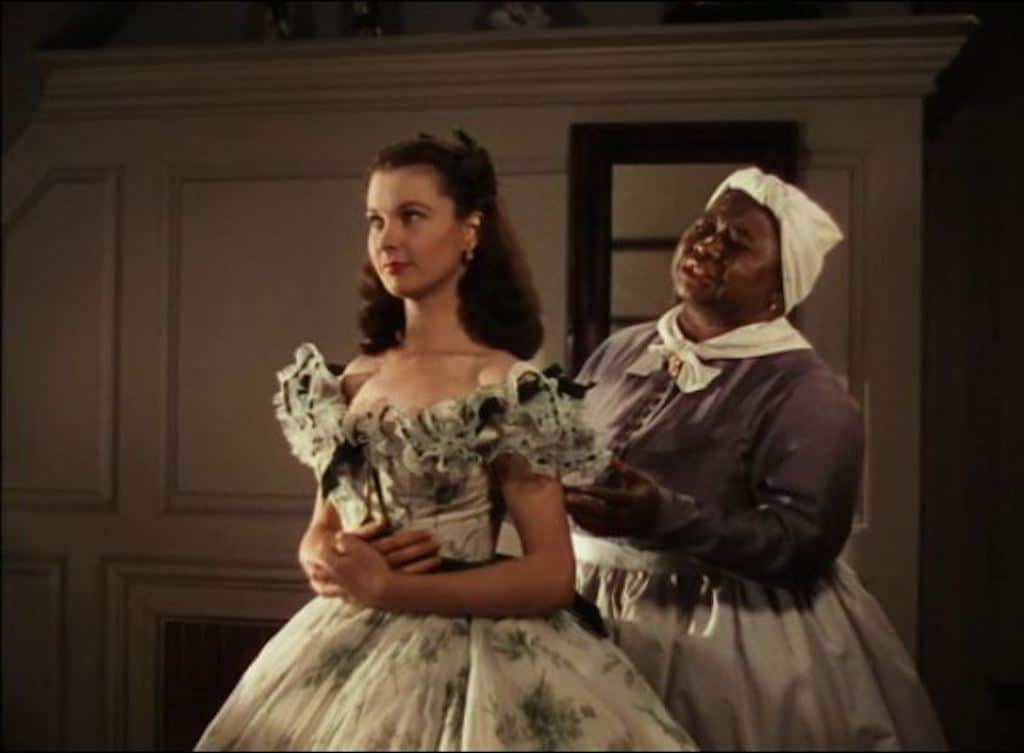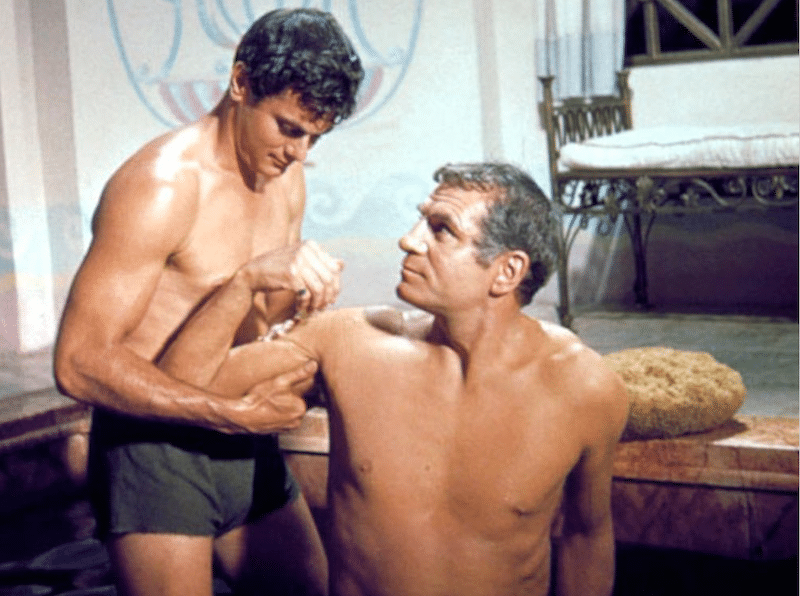"The price of a membership is $1 million. It costs $85,000 per year after that."
History is a real bastard and a special bastard when viewed from the gimlet eyed high pass of our future, where we, of course, dwell. Everything clear and pristine. Our signals of virtue shine in the sky like gorgeous beacons, unfettered, unchained, clear and pristine.
A fine thing that we are so good.
Speaking of, our World Surf League released a statement this just passed International Surfing Day which declared “Surfing is for everyone” and committed to “Build a diverse and inclusive work environment, advancing equality, cultivating where everyone feels welcome.”
etc.
Contributions have been pledged to the National Association for the Advancement of Colored People and continued support of the Creative Futures Collective where “We believe someone’s current circumstance shouldn’t dictate their future.”
etc.
https://www.instagram.com/p/CBqGXiln-_r/
A very fine thing.
As you well know, publishing billionaire and co-Waterperson of the Year Dirk Ziff purchased the Association of Surfing Professionals for free in 2013, or thereabouts, rebranding it World Surf League in 2015.
The League has had four CEOs since, Dirk Ziff himself as acting CEO in 2017 while winning his co-Waterperson acclaim.
The very same Dirk Ziff, you may not know as well, also co-owns Cherokee Plantation, a “Spanish-moss draped monument to selective southern hospitality” in South Carolina that Forbes also calls “the most expensive–and the snootiest–private club in America.”
Cherokee Plantation was built in 1690 as part of a land grant to Joseph Blake, who cultivated rice amongst other things. His son Daniel inherited the property and, “as slave owners go” was considered “a pretty swell guy” who “despised affectation and looked with perfect contempt upon all snobbery.”
He built a church on his property, enjoyed by his 559 slaves, as well as providing clothing and moderate working hours.
The plantation was badly damaged during the Civil War but rehabilitated, changed hands a few times, and today co-belongs to co-Waterperson Dirk Ziff.
Forbes continues:
The price of a membership is $1 million. It costs $85,000 per year after that. Some of what Cherokee offers is familiar country club stuff, such as horseback riding, tennis, fishing and golf. But at Cherokee, there’s no such thing as a tee time. Golfers on the 18-hole Scottish links may find their only company is an alligator that has lumbered onto the lawn from the Combahee River. And members who hunt quail can use a $100,000 Purdey house gun and enjoy an outdoor banquet–complete with tablecloths and candelabra. In the evening, members and guests are invited to pluck a stogie from the walk-in humidor in the grand plantation house. When guests climb into bed, they find a flannel-covered hot water bottle tucked between the sheets, even in summer.
A very, very fine thing and it must be assumed that contributions are equally pledged to the National Association for the Advancement of Colored People and Creative Futures Collective.
Comment has been requested from his World Surf League.
More as the story develops.







